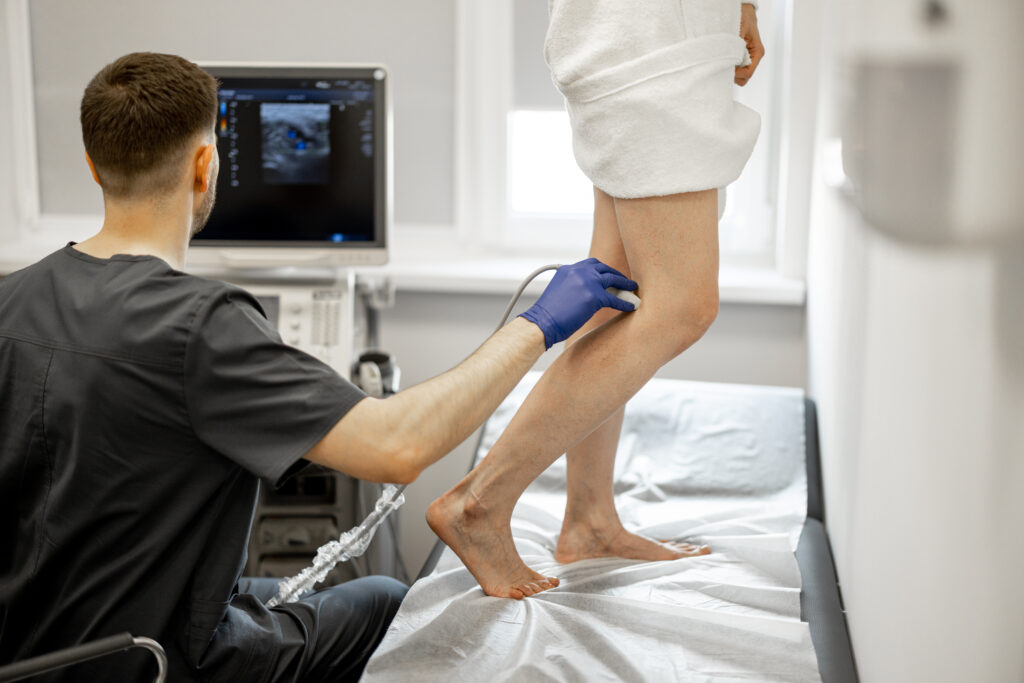The 340B drug discount program continues to be in a state of flux
The American Hospital Association (AHA) recently filed suit to stop reductions to the 340B drug program. On Dec. 29, 2017, the lawsuit was dismissed by the judge, who ruled:
“In conclusion, plaintiffs’ failure to present any concrete claim for reimbursement to the Secretary for a final decision is a fundamental jurisdictional impediment to judicial review under 42 U.S.C. § 405(g). As a result, the Court must necessarily dismiss plaintiffs’ action for want of subject matter jurisdiction under Rule 12(b)(1) of the Federal Rules of Civil Procedure.”
What are the 340B Program Changes?
Changes to regulations impacting hospitals that acquire their drugs through the 340B drug discount program took effect Jan. 1. The program allows certain not-for-profit hospitals to purchase drugs at a reduced price.
The biggest impact of the new regulations stems from how the Centers for Medicare & Medicaid Services (CMS) pays for separately payable drugs. The current rate is the standard average sales price (ASP) plus 6 percent. For 2018, the agency slashed payments for separately payable drugs, excluding those with pass-through status and vaccines, at ASP minus 22.5 percent.
Who qualifies? A deeper dive
Here is a chart from CMS showing the types of hospitals and the requirements for getting into the 340B discount program:

First, note that only non-profit and government hospitals benefit from the program. For-profit facilities cannot participate. We also see that small and rural hospitals have an easier time getting into the program.
The second component of the 340B program for all but one of the types of participants is the “DSH” requirement. The Disproportionate Share Hospital (DSH) percentage is composed of the sum of two amounts: the ratio of all Medicare patients at the facility covered by Social Security income to total Medicare patients plus the sum of the ratio of Medicaid patient days to total days for all patients. The amount is computed and documented on the facilities’ Medicare cost reports.
Critical Access Hospital (CAH) providers are exempt from the DSH requirement.
Conclusions
Unlike other payment programs, the 340B is a discount program, and it is very hard to determine the predicted impact of the regulations. The benefit is based on savings on drug prices. We do know it will impact not-for-profit rural hospitals and CAHs that lack the barganing power of larger urban hospitals.
We also note these reductions pit for-profit hospitals against not-for-profit hospitals. The theory is that cost reductions in 340B subsidies would be distributed as increases among all providers in outpatient rates. It is a double insult to CAHs, which are reimbursed at 101 percent of allowable costs, being as they will receive no increase in outpatient payments related to the 340B reductions.
Starting Jan. 1, 340B program hospitals should begun using the “JG” modifier (or “TB” modifier, if exempt from the Final Rule) for drugs purchased through the 340B program. The use of modifier “JG” will trigger a drug payment rate of ASP minus 22.5 percent. The use of modifier “TB” will have no effect on the drug payment rate. For a claim with multiple drug lines, the appropriate 340B modifier is required on each line of a 340B-acquired drug.
Stay safe out there.















